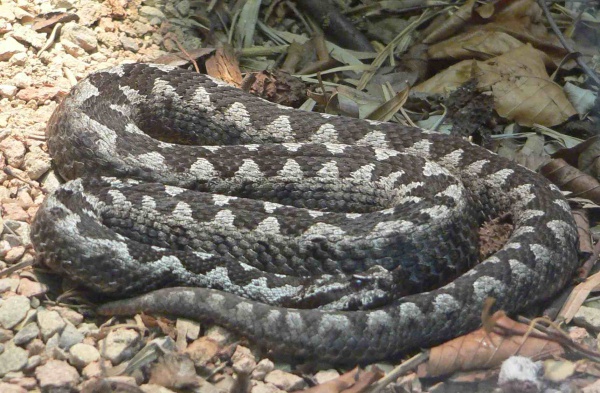Facts About Sand Viper
The horned viper, scientifically known as Vipera ammodytes, is a venomous snake indigenous to southern Europe—particularly the Balkans—and parts of the Middle East. It is considered one of Europe's most perilous vipers due to its considerable size, elongated fangs, and potent venom. This snake is easily recognizable by the distinctive "horn" on its snout, which is soft and flexible. There are five recognized subspecies, each exhibiting slight variations in size and color.
Adult horned vipers can grow up to 95 cm in length, with females generally being larger than males. They favor dry, rocky hillsides with sparse vegetation and are typically not aggressive unless provoked. Their diet predominantly consists of small mammals and birds, while juveniles often consume lizards. These snakes are ovoviviparous, meaning they give birth to live young after mating in the spring, with births occurring in late summer or fall.
While horned vipers can be kept and bred in captivity, they require meticulous handling due to their strength and unpredictable movements. Their venom is highly toxic, containing both proteolytic (tissue-destroying) and neurotoxic (nerve-affecting) components. A bite can cause severe pain, swelling, and discoloration. Their venom is also used to produce antivenin for other European viper bites.
The horned viper was first described by Carl Linnaeus in 1758, and several subspecies were identified by George Albert Boulenger in the early 20th century. There are ongoing debates about the classification of certain subspecies, but overall, Vipera ammodytes remains a remarkable species known for its formidable venom and unique appearance.

 Hungary
Hungary